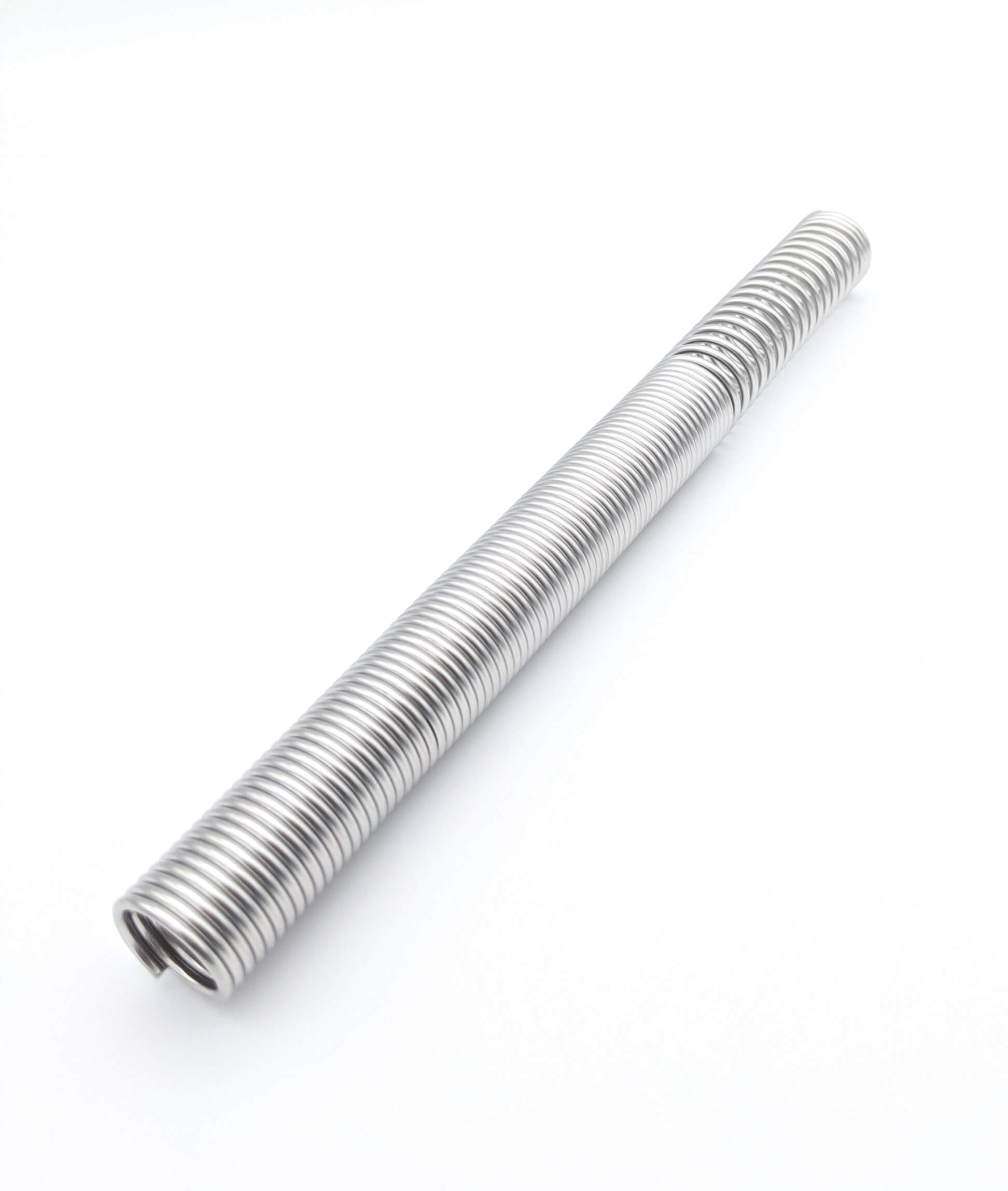Get unique, complex parts easily. No matter your requirements, Chaoyi Spring creates hard-to-produce coil springs and wire forms.
Let us help you create the custom wire form you need, from S-hooks and J-hooks to utility hooks and more.
We work closely with customers across a wide range of industries, helping them design and manufacture made-to-order parts.
Why choose Chaoyi Spring? We prioritize customer-focused collaboration, modern equipment and the latest technology to make your parts per print.
Find the information and guidance you need, from measuring a spring to learning about materials, placing an order and much more.
Concentric compression springs are ubiquitous in mechanical systems, serving as essential elements in countless applications. These helical springs, characterized by their cylindrical shape and ability to store and release mechanical


Concentric compression springs are ubiquitous in mechanical systems, serving as essential elements in countless applications. These helical springs, characterized by their cylindrical shape and ability to store and release mechanical energy, play a crucial role in providing support, absorbing shock, and maintaining force. This article delves into the fascinating world of concentric compression springs, exploring their design principles, diverse applications, and the factors that influence their performance.

Concentric compression springs are a type of helical spring designed to resist compression forces. They are typically made of coiled wire, forming a helical shape. When a force is applied to the spring, it compresses, storing energy. Upon removal of the force, the spring returns to its original length, releasing the stored energy. This unique ability to store and release energy makes compression springs valuable components in various engineering applications.
The design of a concentric compression spring is crucial for its performance. Several key factors contribute to its behavior, including:
The versatility of concentric compression springs makes them indispensable in numerous industries and applications, some of which include:
The performance of a concentric compression spring is influenced by several factors that should be carefully considered during design and selection:
Concentric compression springs are invaluable components in various engineering disciplines. Understanding their design principles, applications, and performance factors is crucial for optimal use and long-term reliability. From automotive systems to medical devices, compression springs continue to play a vital role in ensuring smooth operation, maintaining force, and absorbing shock in countless applications.
As technology advances, compression springs continue to evolve with innovative designs and materials. The development of advanced alloys, manufacturing techniques, and simulation software enables engineers to create high-performance compression springs that meet the demanding requirements of modern applications. Whether in traditional industries or emerging technologies, concentric compression springs remain essential components in the world of mechanical engineering.
Browse some of the custom wire forms and springs that we manufacture. Don’t see what you need? We specialize in made-to-order products that meet your application requirements.
Visit Our GalleryNeed a custom wire form or coil spring? We make it work. Fill out the contact form and a representative will respond within 1 business day. If you have a PDF or CAD file, you can submit to request a quote.